Creating your business app is good, but what if it fails to get uploaded to the Google Play Store? Rather than panicking, Google asks businesses to follow its key steps to upload apps on Google Play which for your information isn’t as simple as it sounds.
Originally launched in 2008, the Google Play Store was a direct response to Apple’s App Store, which was introduced only a few months earlier. The main intent of Play Store was to provide a fair and square opportunity for Android users to browse and download apps and games developed with an Android software development kit (SDK).
This resulted in uploading many mobile apps on the Google Play Store to a great extent, recording 3,262,770 apps and games currently available on the platform. And what’s more interesting is how nearly 1,270 apps are released daily on Google Play Store.
Interested about your app release on the Google Play Store? Let’s get the process started!
Google Play Statistics & Trends of 2024
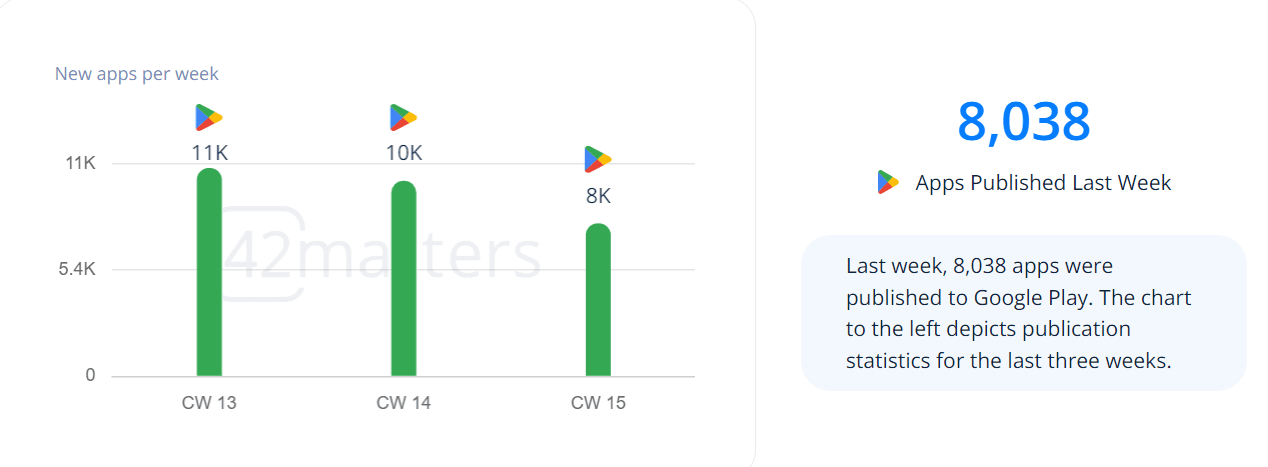
- As of April 2024, the app for Google Play recorded a total of 8,038 apps published last week.
- There are a total of 49 categories at present on the Google Play Store, look at the following image:
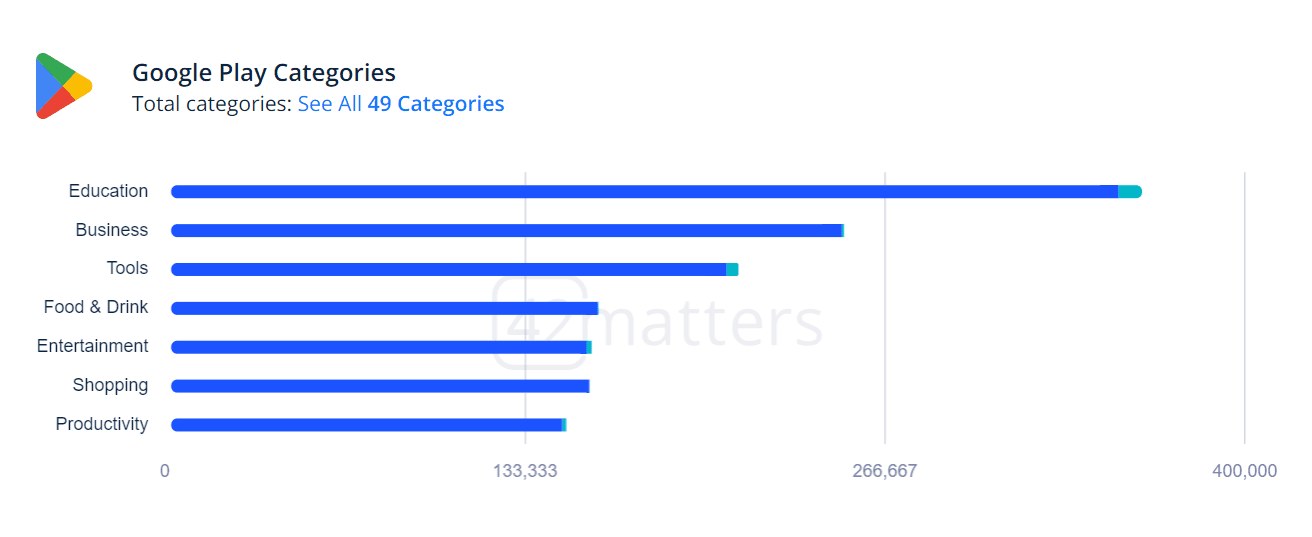
- Play Store for apps has both paid and free apps available. Free apps weigh higher at 3,174,492 whereas paid collect 84,338 apps in total.
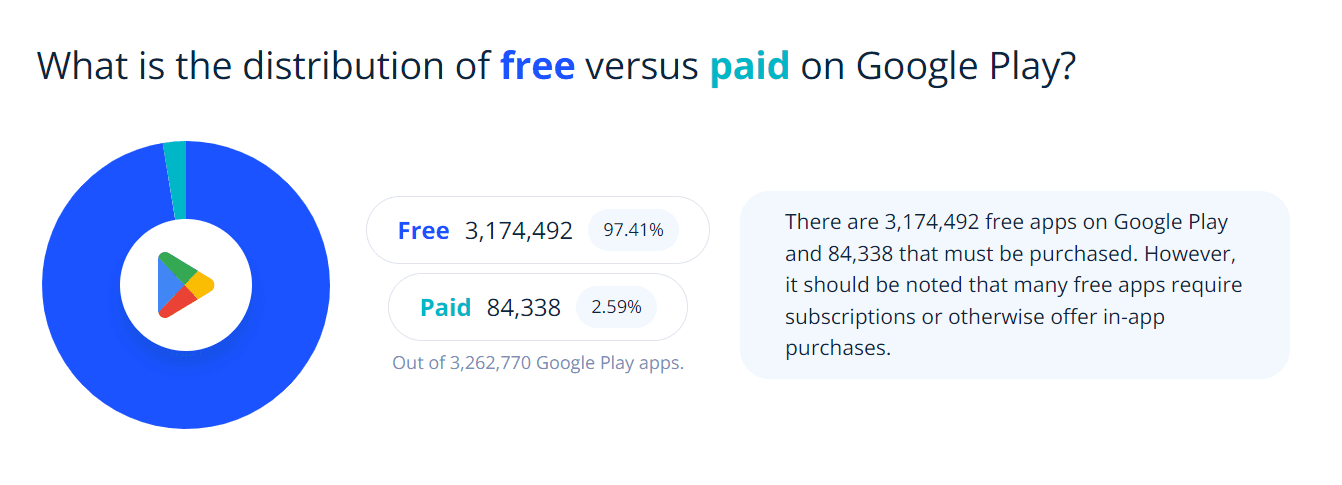
- On a monthly average, apps uploaded on the Play Store for apps are 50,917.
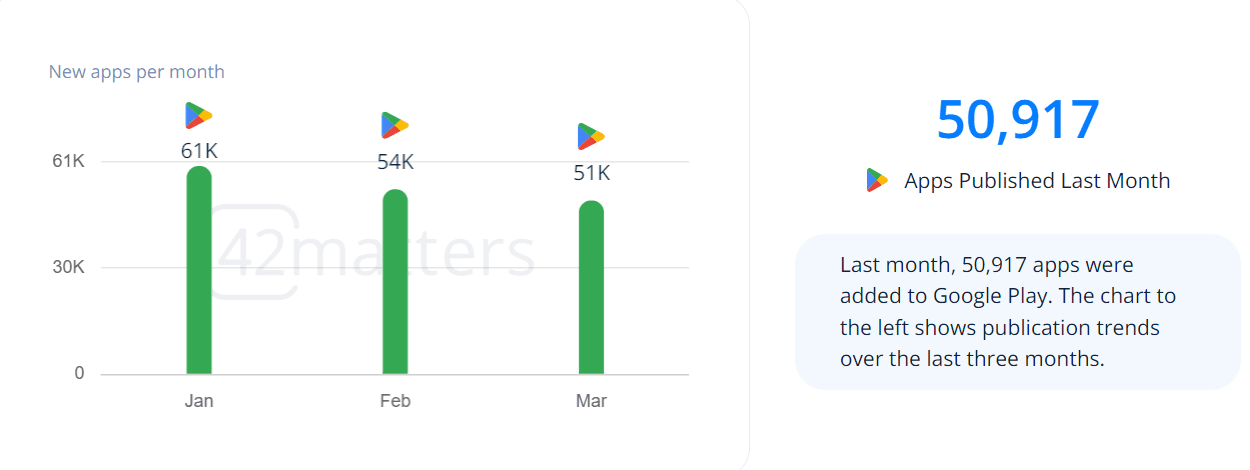
- As per 42matters.com the average rating available on the Google Play Store for apps is 1,620,159.
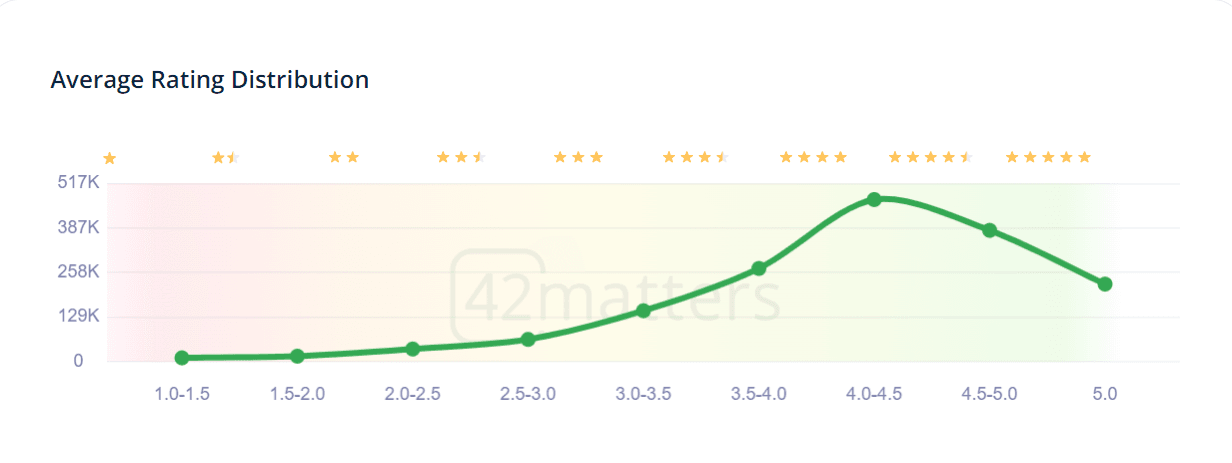
- The total cost of app publishing on the Play Store is less than USD 1 and more than USD 10.
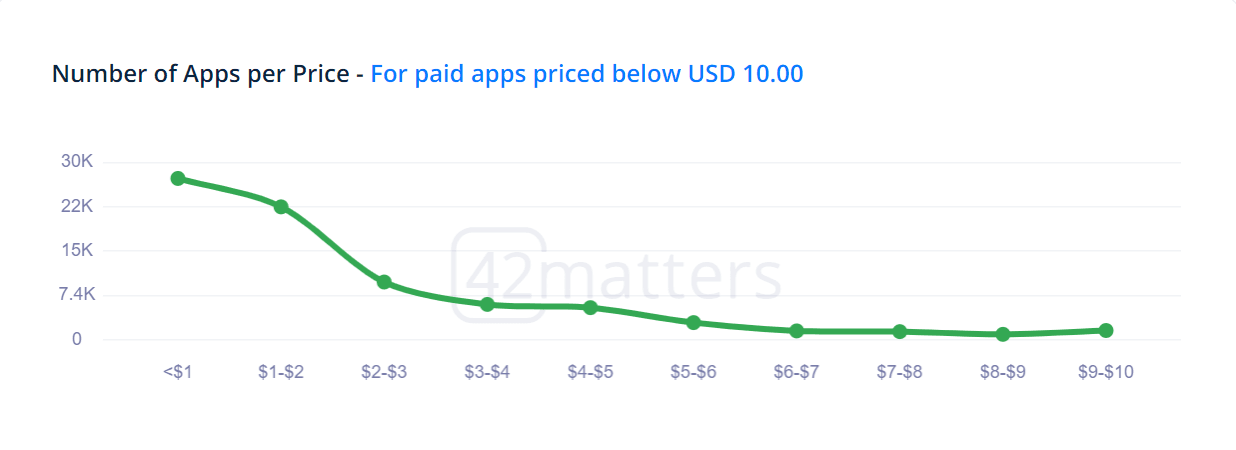
- It is estimated that in 2025, the number of global mobile app users will grow to 7.49 billion. This increase in the graph is based on several factors such as the availability of affordable mobile phones and better use of the mobile technology that has made accessing smartphones convenient across all places in the world.
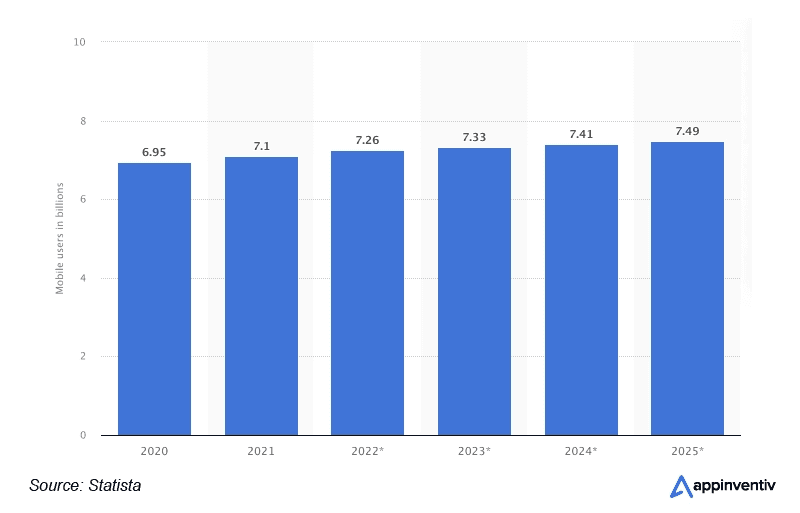
Steps To Upload Your App On Google Play Store
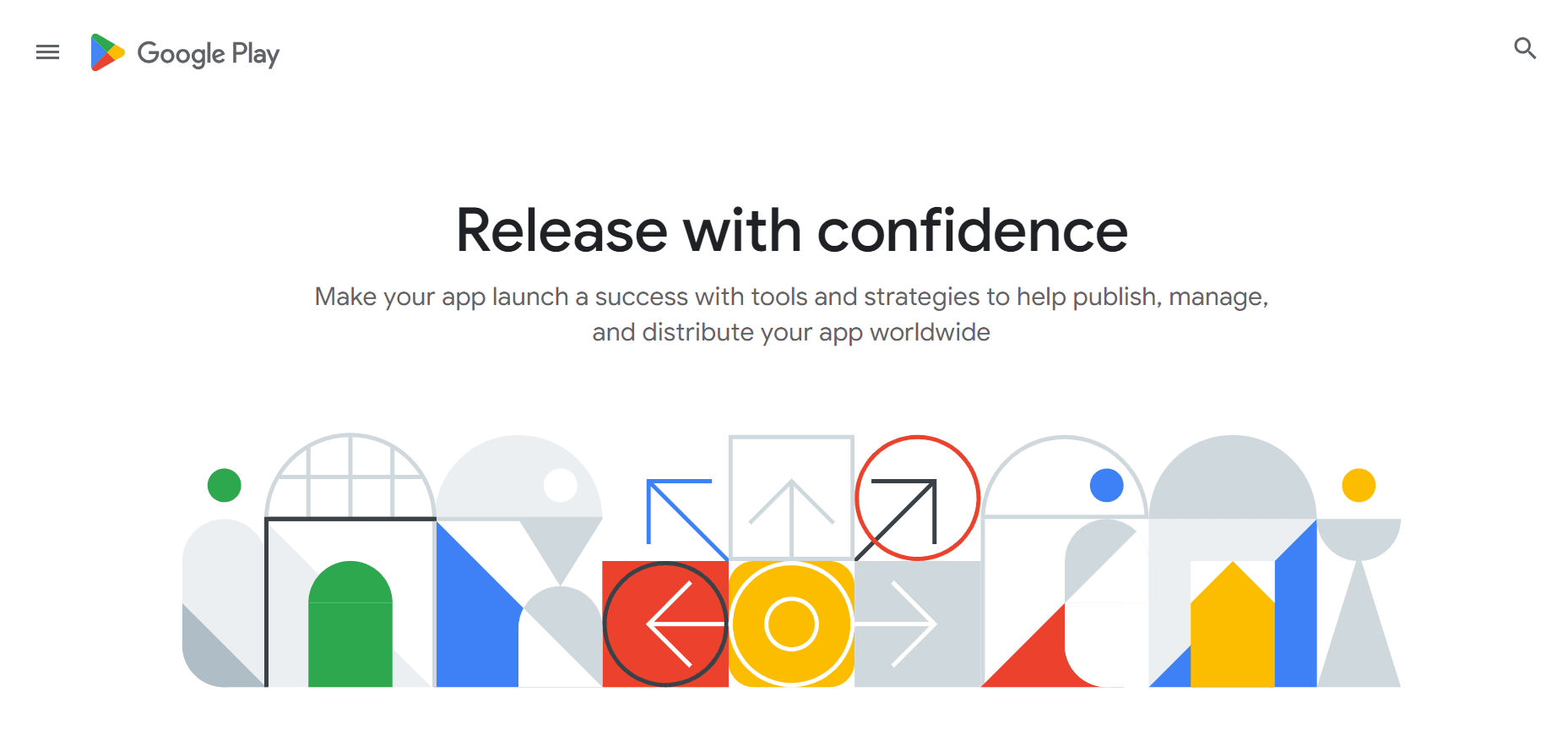
Let’s go through the process step-by-step as per Google’s guidance and DianApps expertise. However, before we begin this let’s make sure that your app is well-tested, scanned for errors, optimized for compatibility with other devices, and anything important to begin the process of Google Play mobile app publishing:
Step 1: Start by Registering To A Google Developer Account
You must first create a Google developer account before beginning the uploading procedure. You cannot publish your app on Google Play without it, thus it’s relatively simple yet essential.
Using your existing Google Account to join up or create a new developer account specifically for your app is both simple and quick. Notably, you may quickly move your app to any of your accounts in case it’s needed.
A one-time $25 registration fee must be paid, along with the addition of personal data such as the developer’s name, email address, and website URL, and a signed Google Play Developer distribution agreement. This is a simple task; all you need to do is follow the directions!
Step 2: Make a Merchant Account
You must have a payments profile, sometimes referred to as a Google Merchant account, if you want to monetize your app through pay-per-download (PPD) or in-app purchases (IAP). This facilitates the tracking of app sales, report analysis, and monthly payout management.
To make one, all you have to do is:
- Open Play Console and log in with your developer account.
- Click Reports from the menu, then choose Financial Reports.
- Select “Create a merchant account now.”
- Enter your company information here.
- Press the Submit button.
There’s no need to worry about it as your developer account and merchant profile are linked automatically.
Step 3: Carefully Go Through The Play Store Policies & Guidelines
Now that you’ve optimized your app’s responsiveness and performance across a range of Android devices, you need to make sure that its features comply with Google Developer Policies.
These guidelines spell out exactly how your app must be created and maintained to maintain the high standards set by the Google Play Store.
Make sure your app conforms to the standards and guidelines regarding design, functionality, content, monetization, promotion, privacy, and legal requirements by carefully reading the material provided.
Now the main steps of uploading the Google Play Store start from the fourth process.
Step 4: Open Play Console To Create Your App
Finally, you may develop your app under the Developer Account after setting up your merchant account.
Here’s the procedure:
- From the menu, choose “All Applications.”
- On “Create Application,” click.
- Select the default language option from the menu drop-down.
- Enter the application’s title in no more than thirty characters.
- Select “Create.”
After your app is released, Google Play displays its title. Not much to worry about here, as you can easily modify the title of your app later.
You will go to the shop entry page to complete the store listing data after the app has been established.
Step 5: Get Started With The Store Listing
You must get ready to submit your app’s store listing in this phase. To construct the ideal app profile, it is advised that you confer with your branding team. These are the details that your consumers will see.
You may save the draft and come back to finish it later, or you can fill it out all at once, but one thing is certain:
App store optimization should be taken into consideration. This makes sure that your clients can find your app and are motivated to download it, much like search engine optimization (SEO).
The following details are needed for the store listing:
- Select a fitting and memorable tile (50 characters), an 80-character short explanation, and a 4000-character long description.
- Include icons, pictures, movies, and other graphical components with your program.
- Include multilingual information translation for your app.
- Select the kind and category of your app from the drop-down menu.
- Include your phone number, email address, and website in your contact details.
- Include a link to your privacy statement, which details the data collection, sharing, and usage practices of your app.
Step 6: Publish Your App With Android Package Kit (APK)
You have been building your app up to this point, and now it’s time to publish your APK file. Android employs the APK file format for mobile program distribution, installation, and storage.
You may upload your APK by either viewing the file from your PC or just dragging and dropping it into the box.
This is how it works:
- Select “Release Management” from the left-hand menu.
- Select “App Releases.”
- Decide on the release type.
- An internal, closed, open, or production test is the option available to you.
Quick Suggestion:
If your only goal is to test your app today, stay with closed, internal, and open testing. However, choose the production test if your software has undergone extensive testing and you want to release it to a wider audience.
Step 7: Add the Content Rating
It is your responsibility as an app developer to evaluate your own work and choose the proper age rating for your intended user base.
To ensure that everything is covered, select “Store Presence” from the menu on the left. This is where you have to complete the content rating survey. Make sure you only input accurate information; otherwise, the Google Play Store may suspend or remove your application.
Step 8: Examine All The App Pricing & Availability
The price and distribution strategy for your software must be decided upon as we approach the final stages of launching it.
Interestingly, Google allows your premium app to turn free later on when it comes to monetization, but not the other way around for a free app. For this reason, before launching your product on the Google Play Store, you must comprehend your price strategy.
Additionally, you must select the nations in which your app will be accessible here. You can designate certain nations if your app is geographically specialized; if not, choose to distribute your software to all countries.
Step 9: You Are Now Ready To Configure, Test, and Publish
Things are starting to get exciting now! However, you must ensure that everything is taken care of before choosing “Confirm Rollout.” This comprises:
- Verifying that the content rating, pricing and availability, and shop listing areas are all checked in the green
- confirming that every in-app purchase is operating as intended
- Testing subscriptions, buy flows, and restoration options
- confirming that, following a purchase, customers receive the anticipated features and content
- Make sure that your software conforms with legal standards for data gathering and privacy policies
- Confirming that none of the content in your app is illegal or infringes on someone else’s intellectual property
After you’ve resolved everything, click “Review” to check whether any problems or alerts went unnoticed. Finally, if not, you can choose “Confirm Rollout.” When you press it, your app is sent for review, and, in four to five days, it is released on Google Play in all of the target countries.
How To Feature Your App On the Play Store?
It is your responsibility to ensure that thousands of downloads of the app continue. We are in the final stage of the instructions for publishing a premium or free app on the Google Play Store, it’s time to market it.
Some strategies that aid in getting your app included include working on the newest technologies, providing graphic design and user interface services, localizing it, and more. Receiving a feature mention in the Google Play Store for your app may have a multiplicity of positive effects, including increasing user attention.
What’s Next After Submitting Your Mobile App To Google Play Store?
After submitting your app to the Google Play Store, it’s time to develop your marketing strategy and choose an upkeep and optimization schedule for your app.
The former will guarantee that you get the most out of your investment by enabling your company to begin producing leads and growing app revenue. The latter will guarantee that your app can handle new business requirements while protecting client data.
Everything you need to know is as follows:
1. Expand your marketing department
Building out your marketing should be your first goal after launching your app. The reason for this is that your app won’t install on your customers’ phones by itself. You must go out and make your target audience more aware of yourself. Effective marketing will assist raise awareness, provide leads, and eventually boost revenue.
Following the launch of your app, you should do the following actions:
- Evaluate your marketing efforts; determine which tactics, platforms, and advertising initiatives are currently working effectively for your company and identify any areas that require improvement.
- Create a “Google My Business” listing to increase your internet presence and facilitate clients’ ability to locate and contact your company.
- Set up reporting. Resources like Google Analytics let you gauge the success of your marketing campaigns and gain insight into the behavior of your target audience.
- To maximize conversion rates, automate CRM integration and efficiently track and score prospects.
- Hire the best SEO services and employ content marketing to rank on the first page of search engine results pages (SERPs) and establish topical authority within your area.
- Manage PPC and sponsored social media campaigns.
- Use a variety of textual and visual media to locate and convert consumers who have the intention of purchasing social media platforms and search engines.
- Make a social media calendar and use it to schedule frequent text, image, video, and audio postings to interact with potential consumers on social media.
- Launch email marketing and create customized email campaigns to tell your target market about the features and special advantages of your new app.
- Develop a connection with the media and utilize press releases to help spread the word about your app to those outside of your target market.
You must take no chances and go all in while launching your app. In addition to helping you increase app downloads, your marketing department should focus effectively and develop the app carefully for the success of your company.
2. Maintain & Optimise Your App
As a result, you must begin a continuous process of app optimization and maintenance. This will guarantee that it functions properly and keeps offering your clients value.
The actions you may take to do this are as follows:
- Release updates to address issues and enhance functionality.
- Track app performance: Keep an eye on your app’s running speed, battery life, cross-platform compatibility, and other factors.
- Add new features- Stay current with the market by including fresh features, special offers, and industry developments in your app.
- Analyze user input to improve usability.
- Find, evaluate, and address user problems.
- Boost security measures: By implementing proactive security measures, you can shield your app from any security risks and user data leaks.
You can attain all of these results by investing in app maintenance, which will guarantee that customers can use your app for the activities they like and that in-app purchases continue to bring in money for you.
What’s the Easy Way To Upload Apps To Google Play Store?
Remember what we spoke about in the introduction of this blog? That uploading an app on Google Play Store isn’t easy? If you having trouble going the hard way, let’s go with the easy way!
Adding an app to the Google Play Store is a significant accomplishment for your company. However, nothing in the app development process is nearly as simple as it sounds, much like anything else.
Because of this, when you create an app with DianApps, the biggest leader in Software, web, and mobile apps you receive comprehensive assistance that enables you to submit your app following best practices.
Adding an app to the Google Play Store is a significant accomplishment for your company. However, nothing in the app development process is nearly as simple as it sounds, much like anything else.
Because of this, when you hire mobile app development services from DianApps, you receive comprehensive support that enables you to submit your app under best practices.
This implies that you may begin making money from your software right now and cease tinkering with laborious administration.
Conclusion
We hope that the guidelines provided above helped you complete the process of uploading an app to the Play Store. To get users to your app once you submit it to the Play Store, you need to have a strong marketing plan. Once we release your Android app, ensure to work hard to maintain its popularity or the competitors will eclipse it.
Our specialists at DianApps can make your app concept a success. Our professionals can assist you in any manner, whether it is developing scalable and reliable software. Or releasing it and then having it listed on the Google Play Store.


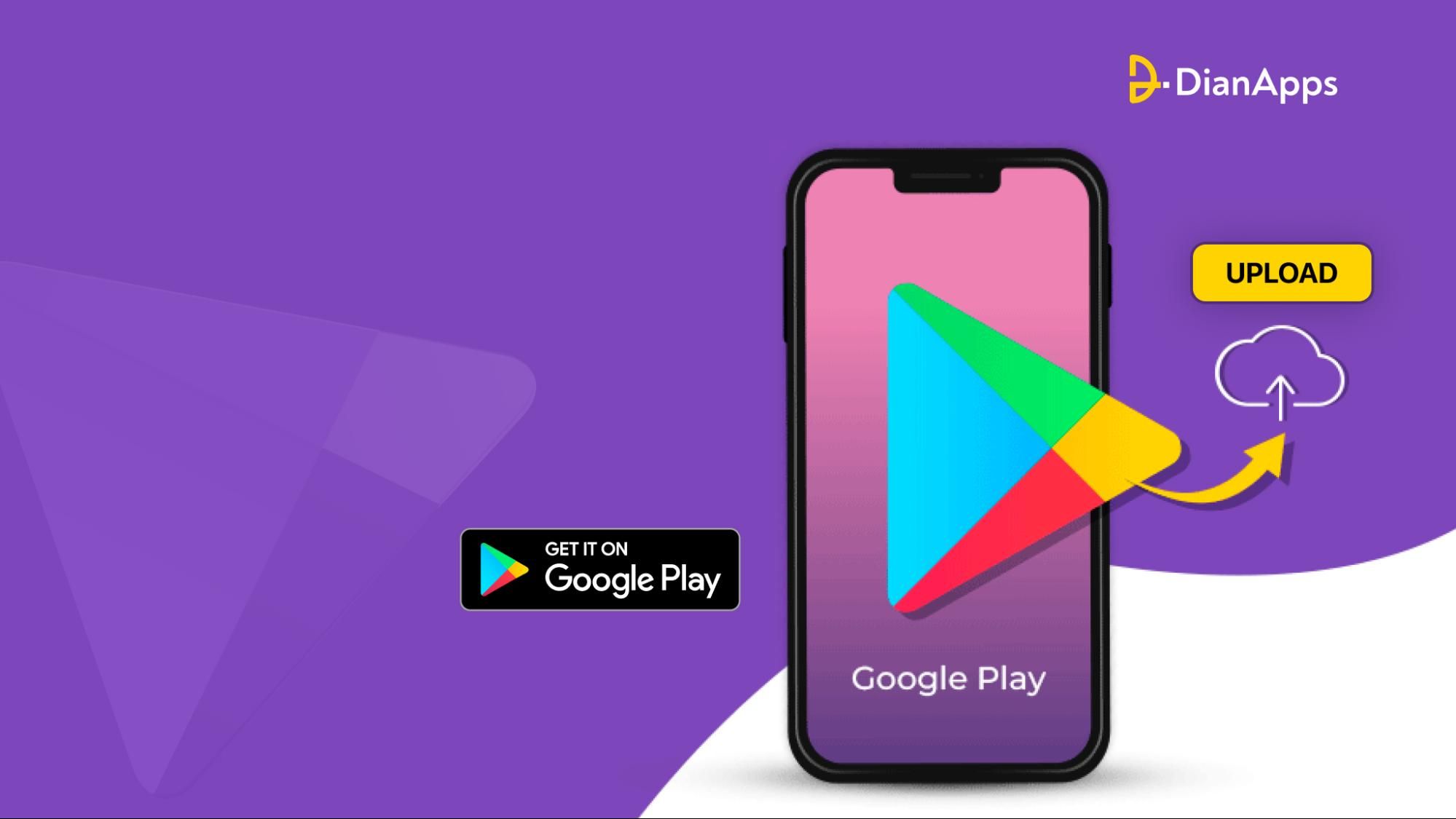







Leave a Comment
Your email address will not be published. Required fields are marked *